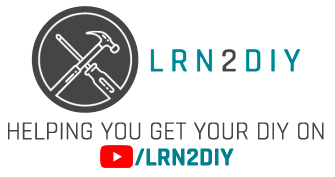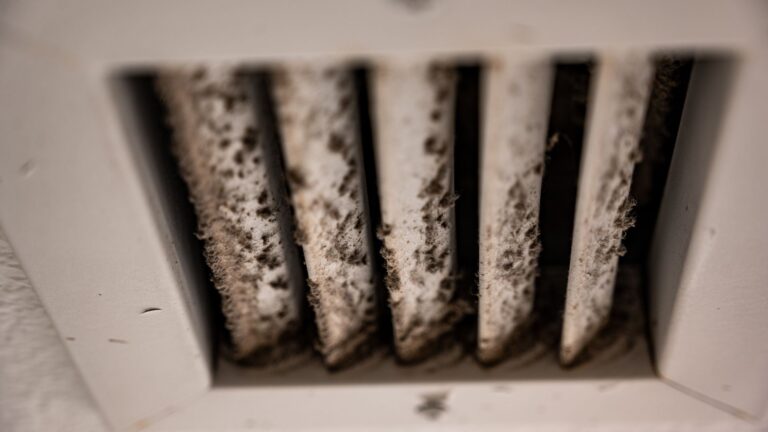Owning a home means taking responsibility for its upkeep. DIY projects are great for the average man looking to add more to his homestead. Still, no matter what project you’re working on, it’s important to be aware of any health hazards present on the property. If you’re unsure what to look for, read this guide on the four common health hazards hiding in your home.
Asbestos
Asbestos was a common insulation material in homes constructed before the 1980s. By then, the EPA announced that all homes subsequently built could not use asbestos due to its serious health effects on the respiratory system. These issues include asbestosis, mesothelioma, and various cancers.
Asbestosis is an inflammation of the lungs from inhaling asbestos particles. It can lead to mesothelioma—a rare but often fatal form of pleural cancer. If you live in an older home with asbestos in your ceiling, call a professional to remove it immediately.
Lead
Similarly, homes built before 1978 sometimes used lead-based paint. You can also find lead in some older plumbing systems. Lead poisoning has devastating consequences for both children and adults.
Young children are at risk of developmental issues, behavior problems, and death. In adults, lead poisoning can cause high blood pressure, muscle pain, memory loss, vertigo, low libido, and more. More so, adults may not know if they have lead poisoning if they don’t feel ill. You can purchase lead testing kits to test the paint and pipes in your home to ensure it’s lead-free.
Mold
Mold is another common health hazard hiding in the home. Mold is a creeping force. As an organism, it grows with the presence of moisture in walls and ceilings. There are many ways to identify mold growth in the home. Some are quite obvious, like foul odors, allergic reactions, and obvious visual signs of black mold around the home.
Typically, mold grows due to a significant presence of moisture, such as in the bathroom or other areas with high humidity. While it is not dangerous for most people, mold can still trigger asthmatic responses in some. Additionally, it can cause watery eyes, coughing, wheezing, and fatigue.
Carbon Monoxide
Lastly, watch out for carbon monoxide. As one of the most dangerous health hazards in every home, carbon monoxide poisoning is no joke. Clothing dryers, furnaces, gas appliances, grills, and motor vehicles all use gas, which produces carbon monoxide.
As an odorless, colorless gas, it causes sickness and death without the homeowner ever knowing its presence. Fortunately, carbon monoxide detectors will alert you of any gas leaks. You should also monitor appliances to ensure no leaks occur.

